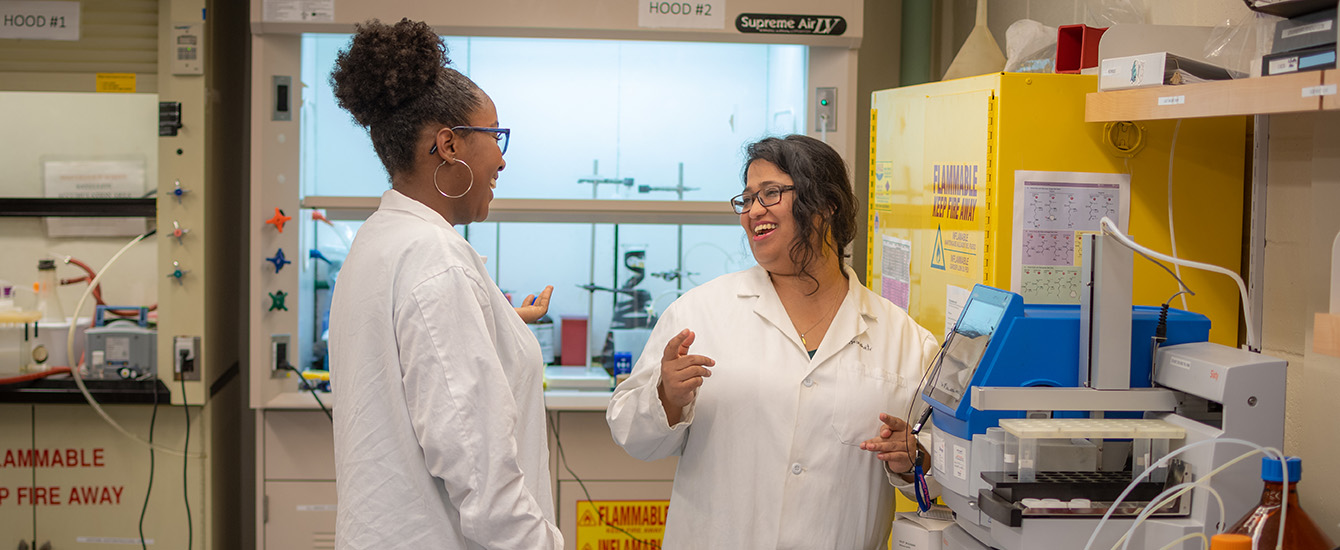Chemistry
Synthesis, coordination modes, structures, and magnetic properties of halogen-substituted 2-hydroxypyridine
Document Type
Article
Abstract
A family of 6-X-2-hydroxyprydine/pyridone (6-X-2-HOpy/pyridone) Cu(II) compounds, [Cu(6-X-2-HOpy)2Cl2] (1 X = F; 2 X = Cl) and [(6-X-2-pyridone)CuCl(μ-Cl)]2 (3 X = Cl; 4 X = Br), has been prepared. Solution-based infrared spectra displayed a correlation between tautomeric state, primarily driven by halogen identity, and coordination mode with neutral nitrogen coordination mode favored as Br ≪ Cl < F. The tautomeric state of 6-Cl-2-HOpy is influenced by metal ion concentration (M) with lactam concentration increasing as M increases. Compound 1 has F–F contacts less than the sum of the van der Waals radii but falls outside of the typical halogen bonding angle parameters, R–X•••Y = R–Y•••X = 138.2°. Compounds 1 and 2 exhibit weak antiferromagnetic exchanges, fit with a one-dimensional quantum Heisenberg antiferromagnetic linear chain (1D-QHAF) model and J/kB = −1.99(1) K and −0.92(7) K, respectively. Compounds 3 and 4 exhibit a dominating ferromagnetic exchange and an antiferromagnetic exchange and were qualitatively fit to a ferromagnetic linear chain with an interchain interaction model. This model does not accurately represent the physical parameters of the system and was used to show that both exchanges exist and are nontrivial.
Publication Title
Journal of Coordination Chemistry
Publication Date
2024
Volume
77
Issue
1-2
First Page
79
Last Page
100
ISSN
0095-8972
DOI
10.1080/00958972.2023.2296381
Keywords
coordination chemistry, Copper(II), magnetism
Repository Citation
Graci, Mathew R.; Awwadi, Firas F.; Dickie, Diane A.; Landee, Christopher; and Turnbull, Mark M., "Synthesis, coordination modes, structures, and magnetic properties of halogen-substituted 2-hydroxypyridine" (2024). Chemistry. 32.
https://commons.clarku.edu/chemistry/32
Cross Post Location
Student Publications



